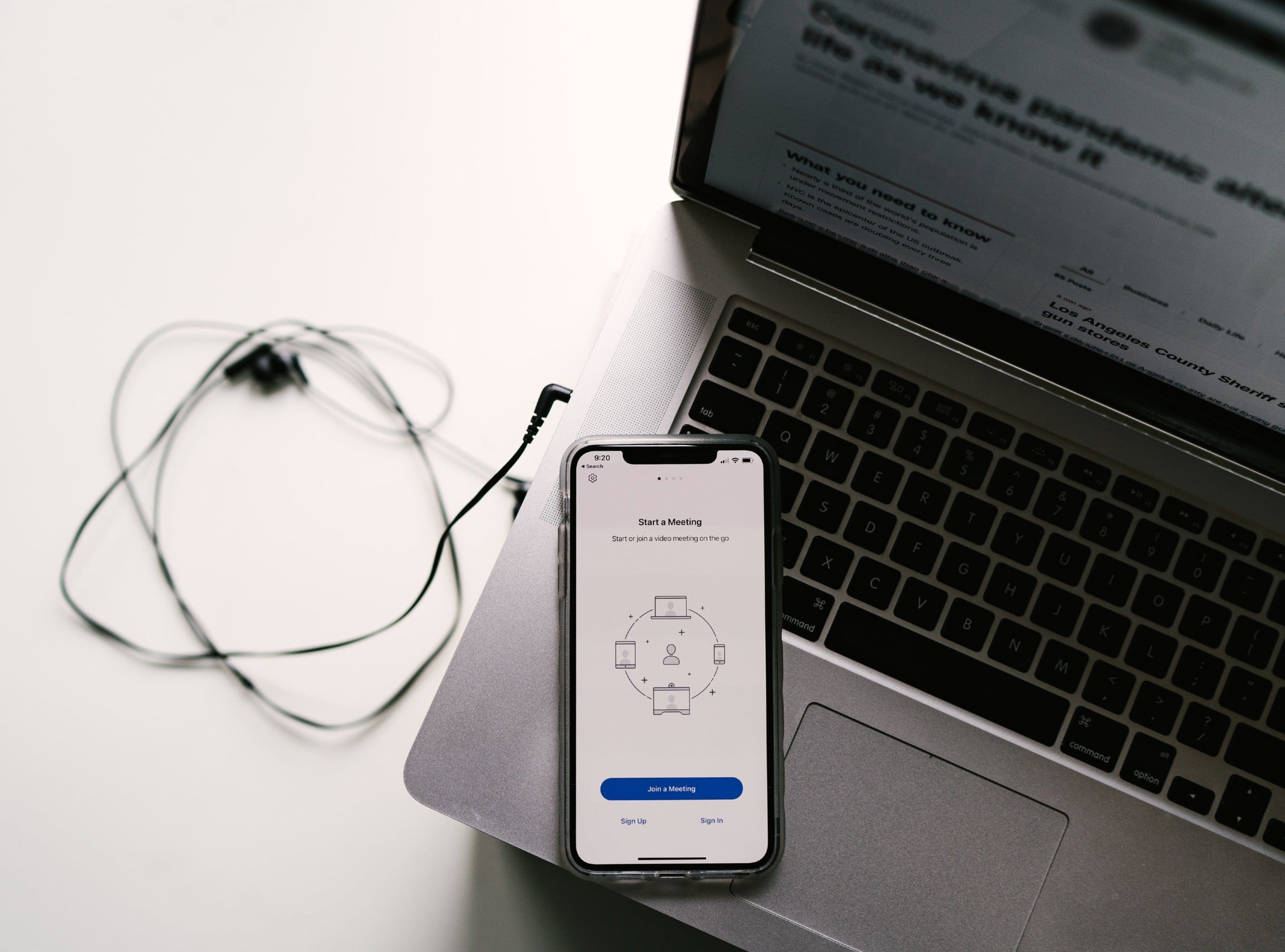What You Need to Know About Teleconference Hearings During COVID-19
Virtual court hearings surged during COVID-19 as the legal system adapted to video conferencing and specialized software, reshaping courtroom procedures and remote litigation.
Updated on
In the thick of the coronavirus pandemic, the U.S. government passed the $2 trillion Coronavirus Aid, Relief, and Economic Security Act (CARES Act). The CARES Act, which was signed into law on March 27, 2020, allots funds for small businesses, unemployment benefits, impacted individuals, and also includes certain specifications for the judicial branch.
In addition to $7 million in salary and expenses aid, the CARES Act officially grants authority to the chief justices of federal and district courts to permit the use of “video teleconferencing, or telephone conferencing if video teleconferencing is not reasonably available” for criminal proceedings.
While early adopters have already moved certain hearings to remote arrangements, additional courts across the country have quickly followed suit after the CARES Act. This puts the court system in uncharted territory—for an industry that relies on in-person, live interactions, practices must pivot to virtual, technology-driven solutions.
Here, we’ve outlined the best practices for seamlessly moving court appearances, depositions, and other official meetings to a virtual format.
Understanding the Software
As the federal government has left its “video teleconferencing” designation open-ended, each court is tasked with finding the technology platform that works for their jurisdiction. There are a variety of video conferencing platforms on the market, with relatively standard setups. For the best experience audio-visual experience, it’s wise to find a quiet setting with minimal background distractions. Using headphones with a built-in microphone will give the clearest audio. It’s also prudent to check your set up and internet connection prior to your meetings.
Another challenge you may face in a virtual court setting is the unavoidable lags and choppiness that can occur with videoconferencing. With most video conferencing softwares, participants have the option to dial-in and use their phone’s audio rather than computer audio. This can improve audio quality while still remaining synced to the video component of the call. Speaking slowly and clearly will also aid the latency and missed cues that inevitably occur in remote settings. Technology can—and will—experience hiccups but all parties should be understanding given the extraordinary circumstances.
Navigating Exhibits and Witnesses
Exhibits and other shared documents do add a slight complication to virtual proceedings, but it’s nothing that a bit of prep work can’t combat. One option is to utilize the screenshare tool integrated into most video conferencing software. Screenshare options generally prevent call participants from seeing the presenter at the same time as the exhibit. However, the screenshare function ensures that all participants are viewing the same materials together. Another option is to distribute shared documents ahead of the call. This allows everyone to remain visible onscreen while reviewing materials collectively. This is also a great backup solution should the video or screenshare fail.
Inviting witnesses is another component to consider in your remote hearings. Again, some preparations are required but it can be easily achieved. Simply coordinate with your witnesses prior to the call and provide them with instructions on how to join. Ensure that they’re on standby for the duration of the call—much like how they would be present in a real court setting—and shoot them a message or text when it is time for them to join. With patience and ample preparations, the normal operations of in-court appearances can be achieved in a completely remote instance.
Stepping Up the Tech
Beyond the standard video conferencing platforms, there are some more specialized technology offerings for the legal community. One such software is LiveLitigation. Their eSuite platform has all the capabilities of video conferencing combined with the specific needs of litigators. This service includes a realtime feed of the court reporter’s transcription, electronic exhibit files, nondiscoverable chat, and secure encryption of all meetings. LiveLitigation has accounted for the many moving pieces of a hearing and created a seamless platform to take these meetings remotely. This is a paid service with a monthly payment plus fees per attendee per day, however, it alleviates much of the extra work for a smooth transition to virtual hearings.
eDepoze is another software offering aimed at attorneys. This is a deposition exhibit software for electronically preparing for depositions or mediations. Especially for document-heavy cases, eDepoze is a great tool for organizing and sharing materials to participants joining virtual meetings. The service also offers annotation tools, intuitive document organization, keyword search function, and automatic exhibit logs which can be exported with hyperlinks to the individual documents. This is a paid service with pricing options per usage or for a firm-wide license.
The Legal System 2.0
The coronavirus pandemic has thrust the business world into a technology-reliant status—ready or not. The legal world, in particular, has typically operated in more traditional avenues prior to our present situation. Paper document filings, in-person hearings, and physical exhibits are just a few of the challenges to a new virtual court experience. But as indicated by the CARES Act and individual courts routing their operations to remote arrangements, the legal system is capable of quickly making this shift.
Video conferencing and specialized software make these workarounds possible, and firms may even find these arrangements alleviate their workflow—even if just cutting down on paper usage. As time passes in the COVID-19 age and legal professionals become more well acquainted with their remote arrangements, this could even change the way firms collaborate and function for the future.


